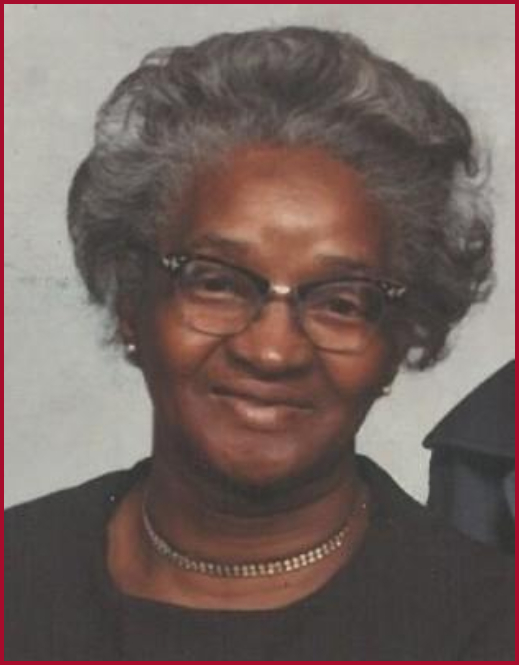When Essie Williams Dunbar’s coffin was lowered into the ground in 1915, her family believed they were saying their final goodbyes.
But moments later, their grief turned to terror as the so-called deceased woman smiled up at them from inside her grave.
Dunbar, a 30-year-old woman from South Carolina, had suffered an epileptic seizure that summer. Dr. D.K. Briggs, summoned to treat her, pronounced her dead when he found no signs of life.
Her funeral was scheduled for the next morning, where three preachers led the service before lowering her wooden coffin into the six-foot-deep grave.

Her sister, who lived in a nearby town, arrived late and pleaded to see her sibling one last time. At her request, the coffin was unearthed and the lid unscrewed. What happened next would forever cement Essie Dunbar’s name in folklore.
As the lid was lifted, Dunbar sat up and flashed a smile.
The funeral instantly turned into pandemonium. The three preachers recoiled in horror, falling backwards into the grave, with one sustaining three broken ribs as his colleagues trampled over him in their rush to flee.
Mourners screamed, convinced they had witnessed a resurrection, and fled the cemetery in a frenzy, spreading hysteria throughout town.
Though she had been mistakenly declared dead, Dunbar went on to live for another 47 years, passing away in 1955. However, for the remainder of her life, many in her community regarded her with suspicion, believing she had indeed returned from the dead.
Dunbar’s story remains one of the most chilling tales of mistaken death in American history. It reflects humanity’s deep-seated fear of being buried alive.
The case continues to be cited in discussions of premature burial, a fear so potent that it inspired Jan Bondeson’s 2001 book Buried Alive: The Terrifying History of Our Most Primal Fear.
